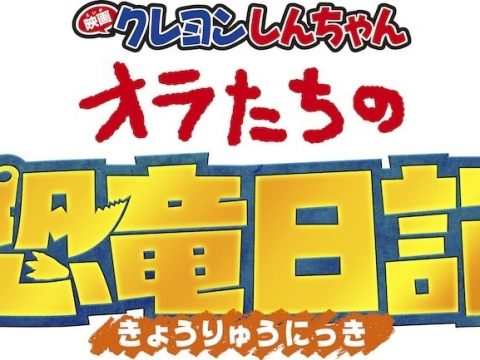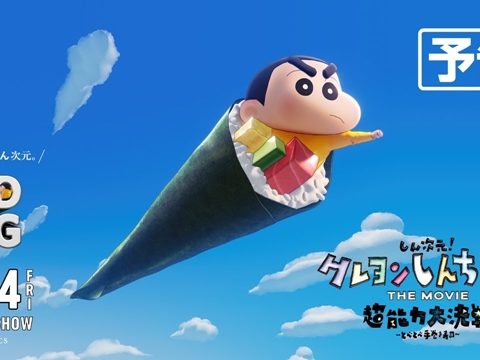 Shin-chan really loves his own butt. This is consistent in both the Japanese original and this dub-only US release; most everything else, however, is not. You see, Crayon Shin-chan, as it’s known in Japan, is a nightmare of a show to westernize. The trademarks of this long-running comedy starring a rambunctious kindergartner are wordplay, usually resulting from Shin’s improper use of language, and gags based on Japanese society and culture. What’s a localizer to do? Throw it out and start from scratch, that’s what.
Shin-chan really loves his own butt. This is consistent in both the Japanese original and this dub-only US release; most everything else, however, is not. You see, Crayon Shin-chan, as it’s known in Japan, is a nightmare of a show to westernize. The trademarks of this long-running comedy starring a rambunctious kindergartner are wordplay, usually resulting from Shin’s improper use of language, and gags based on Japanese society and culture. What’s a localizer to do? Throw it out and start from scratch, that’s what.
Since Shin-chan revolves around simple vignettes with no overarching plot of significance, FUNimation has culled segments from the show’s 800+ episode history to best serve their complete overhaul. This is half of a “season” only by their definition. Episodes are out of order from the original, and we’ll likely never see remotely close to the show’s entirety. But none of this matters. An interested consumer can just as well jump in with this set as any prior.
With Shin’s penchant for dropping his drawers, there was no chance of marketing this as a family-friendly show as it is in Japan, so FUNimation pulled a 180. Shin-chan has been rewritten from top to bottom in the vision of popular American cartoons such as South Park, Family Guy, The Simpsons, and its fellow Adult Swim programming, back when Shin was a member of the lineup. Shin-chan aims to shock with endless jokes about porn, abortion, suicide, sadomasochism, homosexuality, you name it. However, many of these aren’t so much “jokes” as they are a simple listing off of taboo subjects to be “Xtreme” for the sake of being extreme. They’re banking on the viewer laughing just at hearing the terms, but the comedy of Shin-chan best comes through in the subtler, more clever attempts, like Boo’s easy-to-miss nonsensical mumbling. Anime fans should get a kick out of the self-deprecating jabs at the genre, and the visual gags preserved from the original are delightfully silly.
FUNimation’s version preserves some of the spirit of the original as it does incorporate wordplay and jokes about the real world. American pop culture references fly out left and right, but they create the same potential issue as in the Japanese original. Will anyone understand or tolerate these references in a few years? Worse yet, some of these are dated right out of the gate, with cracks about Dubya, McCain, Tony Danza, and decades-old bands. Will the typical viewer even know who Warrant and Ace of Base are? Speaking of former presidents, the frequent political gags go over about as well as a Jay Leno Monica Lewinsky joke.
Visually, Shin chan has a distinctive, squiggly “rakugaki” (scribbling) style, and it could be described as intentionally “bad.” Its purpose is to invoke the idea of a child drawing the show, and, even if the angular “hotties” aren’t really so hot, it’s a cute, charming style that perfectly serves the humorous antics of Shin, his family, friends, teachers, and other assorted oddballs.
The dub is overall an acceptable performance, but the one sore spot is Shin himself, unfortunately. Laura Bailey’s forced, nasally attempt to sound male reminds me of 7-year-old girls, including my childhood self, laughably trying to give their Ken dolls a voice. The worst aspect of the dub, though, is that it’s the only option for experiencing Shin-chan.
It’s a shame that after five releases, FUNimation still doesn’t see the value of including a more faithful, subtitled version of the script. Not only would this placate those crying for authenticity, but it would also appease curiosity. Even in the case of diehard fans of the dub, who wouldn’t want to know how the scenes originally played out and understand the immense amount of work that went into this re-envisioning of a Japanese classic? Alas, it’s not to be, but fans of modern, edgy American cartoons should find a lot to love here.
Studio/Company: FUNimation
Available: Now
Rating: TVMA
© 1992-2009 SHIN-EI Animation & TV Asahi Corporation






